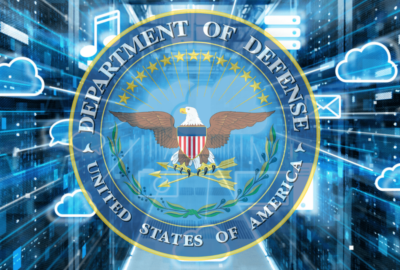NASA picks 3 private firms to develop space taxis
NASA picked three aerospace companies Friday to build small rocketships to take astronauts to the International Space Station, as part of the third phase of NAS...
By SETH BORENSTEIN
AP Science Writer
WASHINGTON (AP) – NASA picked three aerospace companies Friday to build small rocketships to take astronauts to the International Space Station.
This is the third phase of NASA’s efforts to get private space companies to take over the job of the now-retired space shuttle. The companies will share more than $1.1 billion. Two of the ships are capsules like in the Apollo era and the third is closer in design to the space shuttle.
Once the spaceships are built, NASA plans to hire the private companies to taxi astronauts into space within five years. Until they are ready, NASA is paying Russia about $63 million per astronaut to do the job.
In a statement, NASA Administrator Charles Bolden said the move “will help keep us on track to tend the outsourcing of human spaceflight.”
NASA hopes that by having private firms ferry astronauts into low Earth orbit, it can focus on larger long-term goals, like sending crews to a nearby asteroid and eventually Mars. The private companies can also make money in tourism and other non-NASA business.
The three companies are the Boeing Co. of Houston, Space Exploration Technologies, called SpaceX, of Hawthorne, Calif., and Sierra Nevada Corp. of Louisville, Colo.
They are quite different companies. Boeing is one of the oldest and largest space companies with a long history of building and launching rockets and working for NASA, going back to the Mercury days. SpaceX is a relatively new company started by Elon Musk, who helped create PayPal and runs the electric car company Tesla Motors. Sierra Nevada has been in the space business for 25 years but mostly on a much smaller scale than Boeing.
NASA’s commercial crew development program started with seven companies. The other companies that were not chosen can still build private rocketships and NASA still has the option to hire them to ferry astronauts at a later date, NASA spokesman Trent Perrotto said.
Boeing is slated to get the most money, $460 million for its seven-person CST-100 capsule. It would launch on an Atlas rocket, with the first test flight 2016. The company won’t say how much it would charge NASA per seat, but it will be “significantly lower” than the Russian price, said John Mulholland, Boeing vice president. He said Boeing’s long experience in working with NASA on human flight gives it a “leg up” on its competitors.
SpaceX is already in the lead in the private space race. The company earlier this year used their Falcon rocket to launch their Dragon capsule into orbit. It docked with the space station and successfully delivered cargo. NASA plans to give the company $440 million. The capsule holds seven people and will have its first test launch with people in 2015, said spokeswoman Kirstin Brost Grantham. The company will charge NASA about $20 million per seat, she said.
Sierra Nevada’s mini-shuttle crew vehicle called Dream Chaser carries seven people and could be flown without a pilot. NASA would give them $212.5 million. The ship is based on an old NASA test ship design but hasn’t flown as much as SpaceX’s Dragon. “It may appear as though we are behind but in many ways we are more mature,” said Sierra Nevada space chief Mark Sirangelo. Like Boeing’s Mulholland, he said his firm will charge NASA less than the Russians, but won’t give a specific price.
Copyright © 2024 Federal News Network. All rights reserved. This website is not intended for users located within the European Economic Area.





